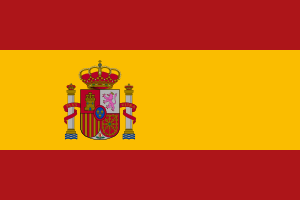Greek dance and music
Greek
dance is
a very old tradition, being referred to by authors such as Plato
and Aristotle. There
are different styles and interpretations from all of the islands and
surrounding mainland areas. Each region formed its own choreography
and style to fit in with their own ways. For example,
island dances have
more of a "watery" flow to them, while Pontic
dancing closer to Black
Sea, is very sharp. There are over 4000 traditional dances that come
from all regions of Greece. There are also pan-Hellenic dances, which
have been adopted throughout the Greek world. These include
the syrtos,
kalamatianos, hasapiko
and sirtaki.
Traditional
Greek dancing has a primarily social function. It brings the
community together at key points of the year, such as Easter, the
grape harvest or patronal festivals; and at key points in the lives
of individuals and families, such as weddings. For this reason,
tradition frequently dictates a strict order in the arrangement of
the dancers, for example, by age. Visitors tempted to join in a
celebration should be careful not to violate these arrangements, in
which the prestige of the individual villagers may be embodied.
Greek
folk music includes
a variety of Greek styles played by ethnic
Greeks in Greece, Cyprus, Australia, the United
States and elsewhere. Apart from the common music found
all-around Greece, there are distinct types of folk music, sometimes
related to the history or simply the taste of the specific places.
Aegean
islands
The
Aegean islands of Greece are known for Nisiótika songs; Greek
characteristics vary widely. Although the basis of the sound is
characteristically secular-Byzantine, the relative isolation of the
islands allowed the separate development of island-specific Greek
music. Most of the nisiótika songs are accompanied
by lyra, clarinet, guitar and violin.
Peloponnese

Folk
dances from the Peloponnese include the kalamatianos.







